I know that it is easy to Google a speech sound-related question such as “what is the cycles approach?” and “tips for teaching the “k” sound”. I know, because I used to Google these things all the time!
But with so many new and updated texts about speech sound disorders (SSDs), I have that it is much more effective for me to pull information from trusted, reliable, and up-to-date sources.
The following is a list of texts that I not only highly recommend, but personally own myself. Please make sure that you read about each one, as they all have different information to offer in the area of SSDs (please note some of these contain affiliate links).
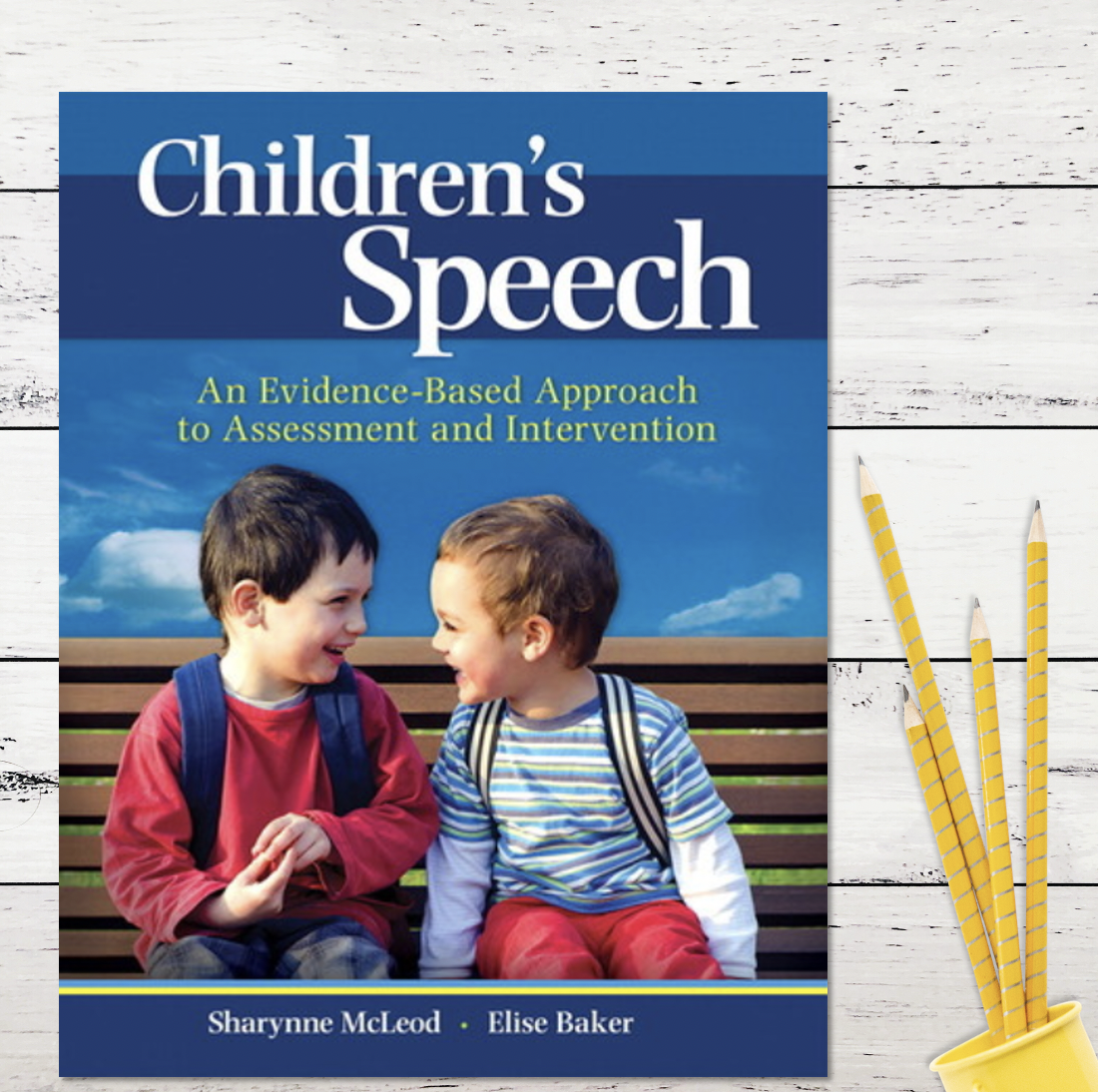
Children's Speech: An Evidence-Based Approach to Assessment and Intervention
It provides a comprehensive overview of working with speech sound disorders. It's very easy to read and uses great clinical examples to help you make sense of and apply the theory with your everyday caseload.
This text includes sixteen chapters that cover topics such as children's speech acquisition, assessment and analysis of children's speech, goal setting, phonological intervention approaches, and articulatory and motor-speech intervention approaches.
The design and layout of the textbook is excellent. I really appreciate how many tables, charts, boxes, and forms were included to support and consolidate my learning.
Overall, if you are looking for an "essential" textbook for working with SSDs, this is the one that I recommend.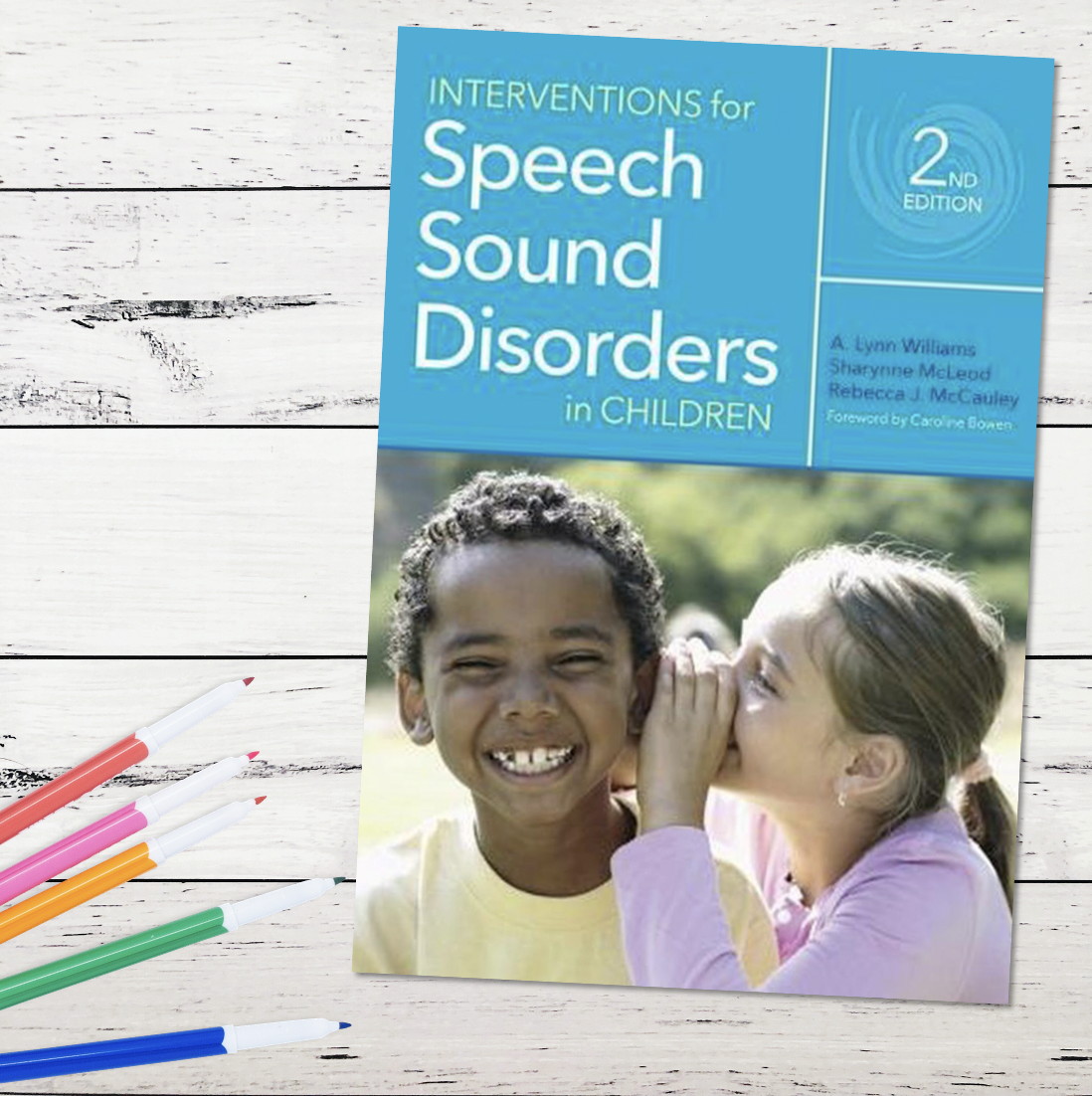
Interventions for Speech Sound Disorders in Children - 2nd edition
It is an in-depth text on HOW to implement different therapy approaches for SSDs. I feel so much more confident being able to look through this recently published book (2021) and find specific information that I need to use the approach correctly. Each chapter covers a different intervention or approach, from minimal pairs, cycles, multiple oppositions, core vocabulary, Dynamic Temporal and Tactile cueing, and articulation interventions. It includes videos that you stream from the Publisher's website so that you can see the intervention being implemented. The chapters are designed so that they all cover key information, including target populations, theoretical basis, key components of the approach, monitoring progress, and case studies.

Eliciting Sounds: Techniques & Strategies for Clinicians (2nd Edition)
It is a quick reference guide when I have difficulties eliciting a speech sound. It provides a range of elicitation techniques for all consonant sounds. I like how the cues are categorized by imitation, phonetic placement, moto-kinesthetic, and sound approximation cues. Each individual sound chapter includes approximately 3-5 pages of different elicitation ideas. Please know that this book is a slimmer volume compared to the other texts that I have mentioned.
If you want an organized list of elicitation techniques and cues for consonants, this text is highly helpful.

the marshalla guide
This nearly 500-page volume, provides a "big picture" overview in supporting children with articulation and motor speech disorders. It is organized into sections that discuss traditional approaches and methods for working with this population, a range of methods to facilitate movement of the articulators, and specific elicitation cues and techniques for vowels and consonants. The illustrations throughout the book were incredibly useful and really helped me to understand the examples and theory. If you want a combination of research and clinical-based evidence for treating articulation and motor speech disorders, this book is very in-depth.

The late eight
This is similar in theory to the Eliciting Sounds text, however it only covers the eight sounds, but in more depth: s, z, l, j, ch, r, and th voiced & voiceless. Each sound-by-sound chapter is quite in-depth, providing not only a range of elicitation cues (e.g., key environments, metaphors, touch cues, shaping techniques) but information on acquisition and screening tests. Very comprehensive word lists! It includes a DVD with videos and a chapter to support your understanding of intervention from a motor learning perspective. An easy-to-refer-to guide for SLPs who work with school-aged children presenting with errors involving s, z, l, j, ch, r, and th voiced & voiceless.
Do you have a favourite book to recommend for treating speech sound disorders? I’m always looking to expand my reading, so please comment below and share what has been helpful for you.
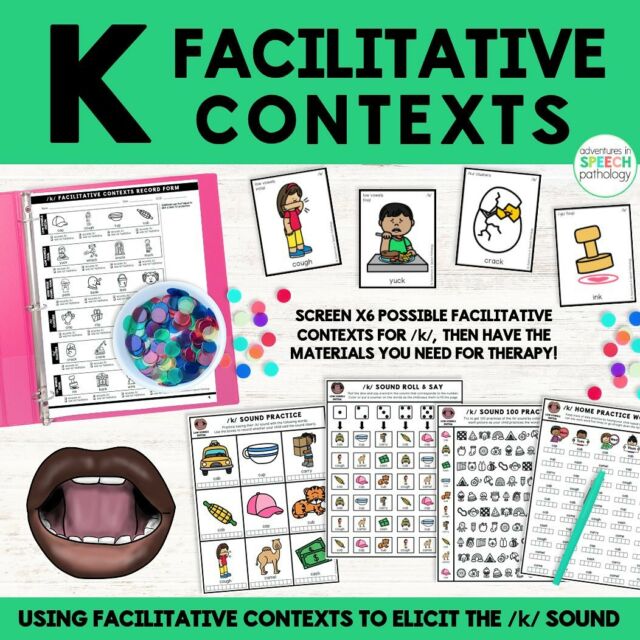



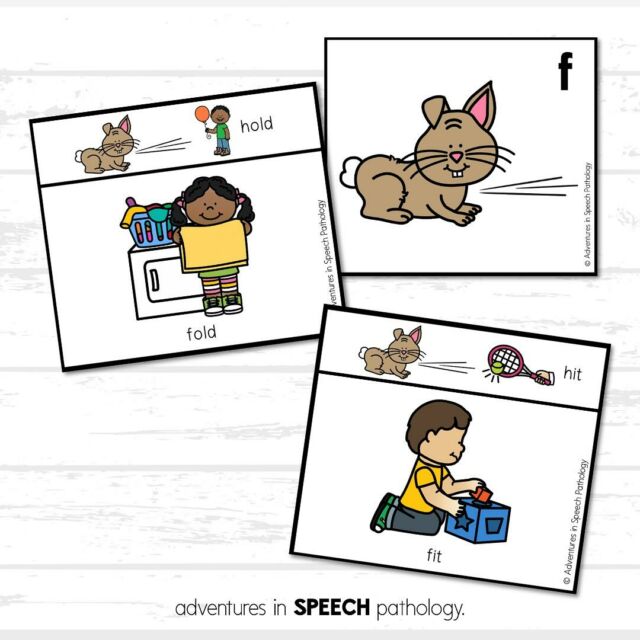

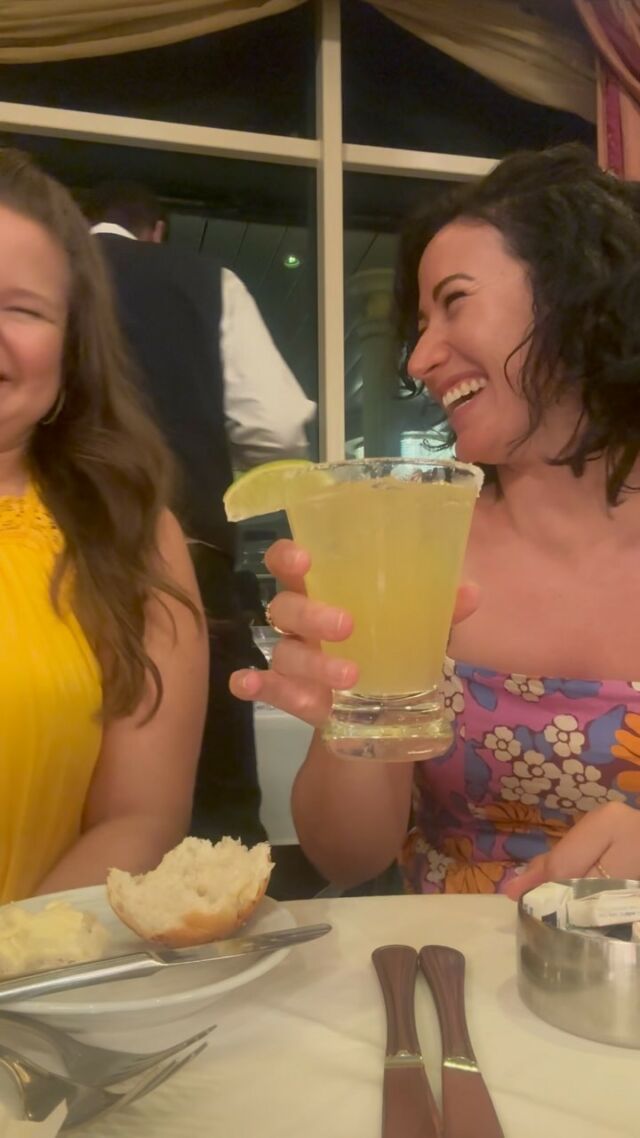


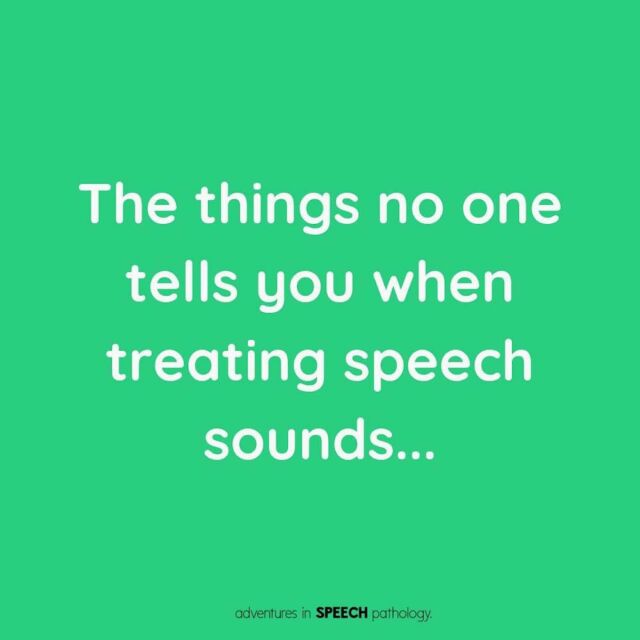

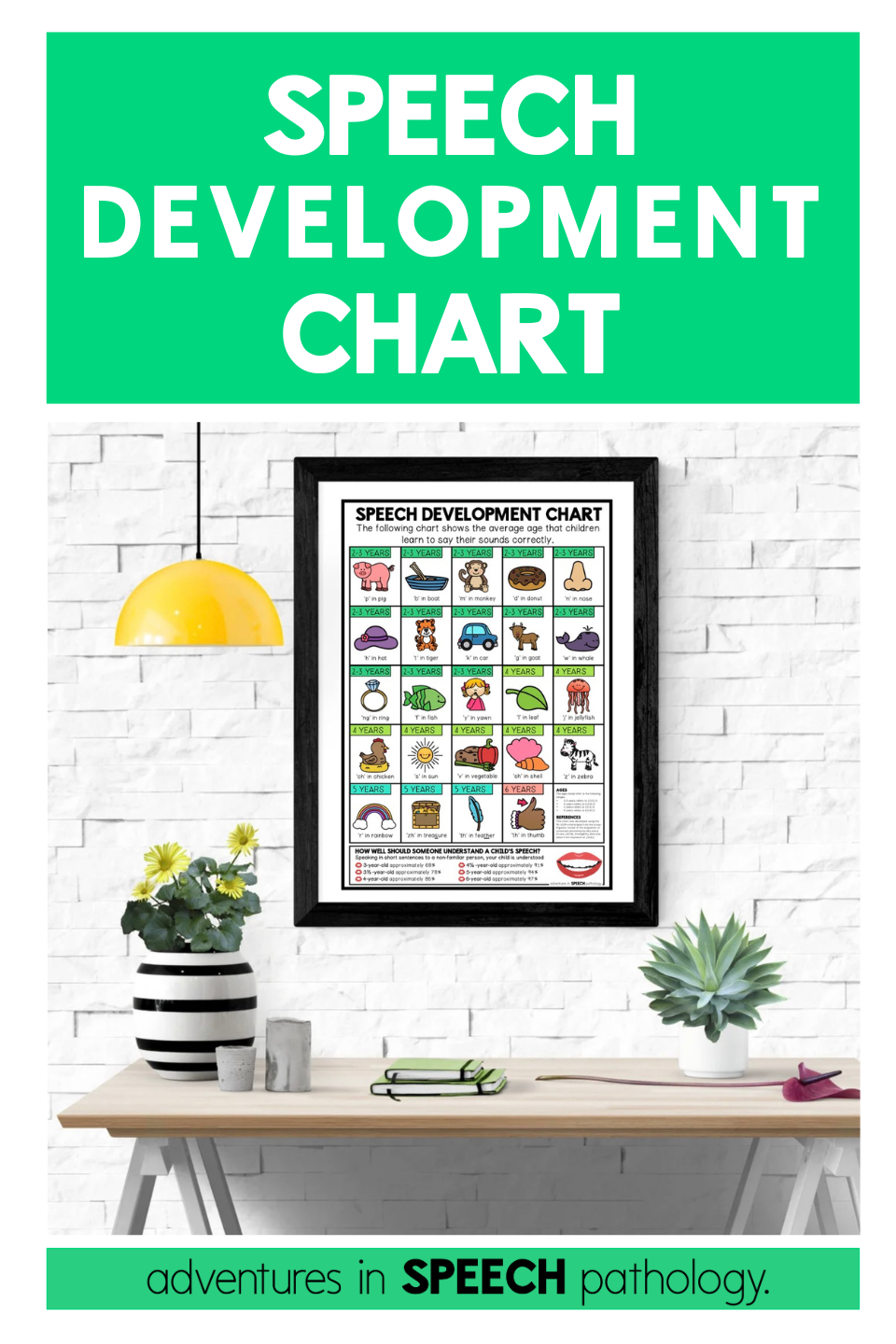
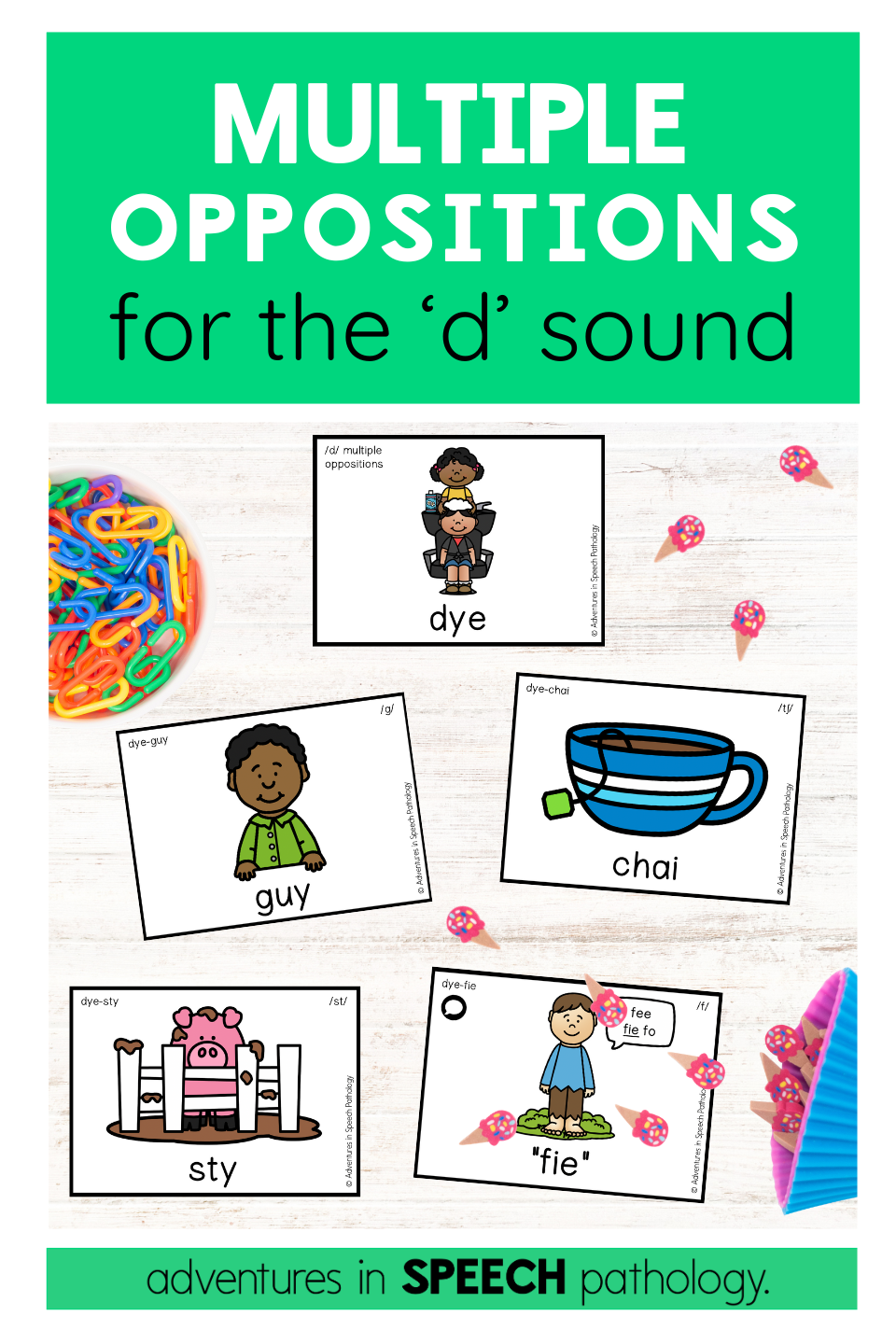


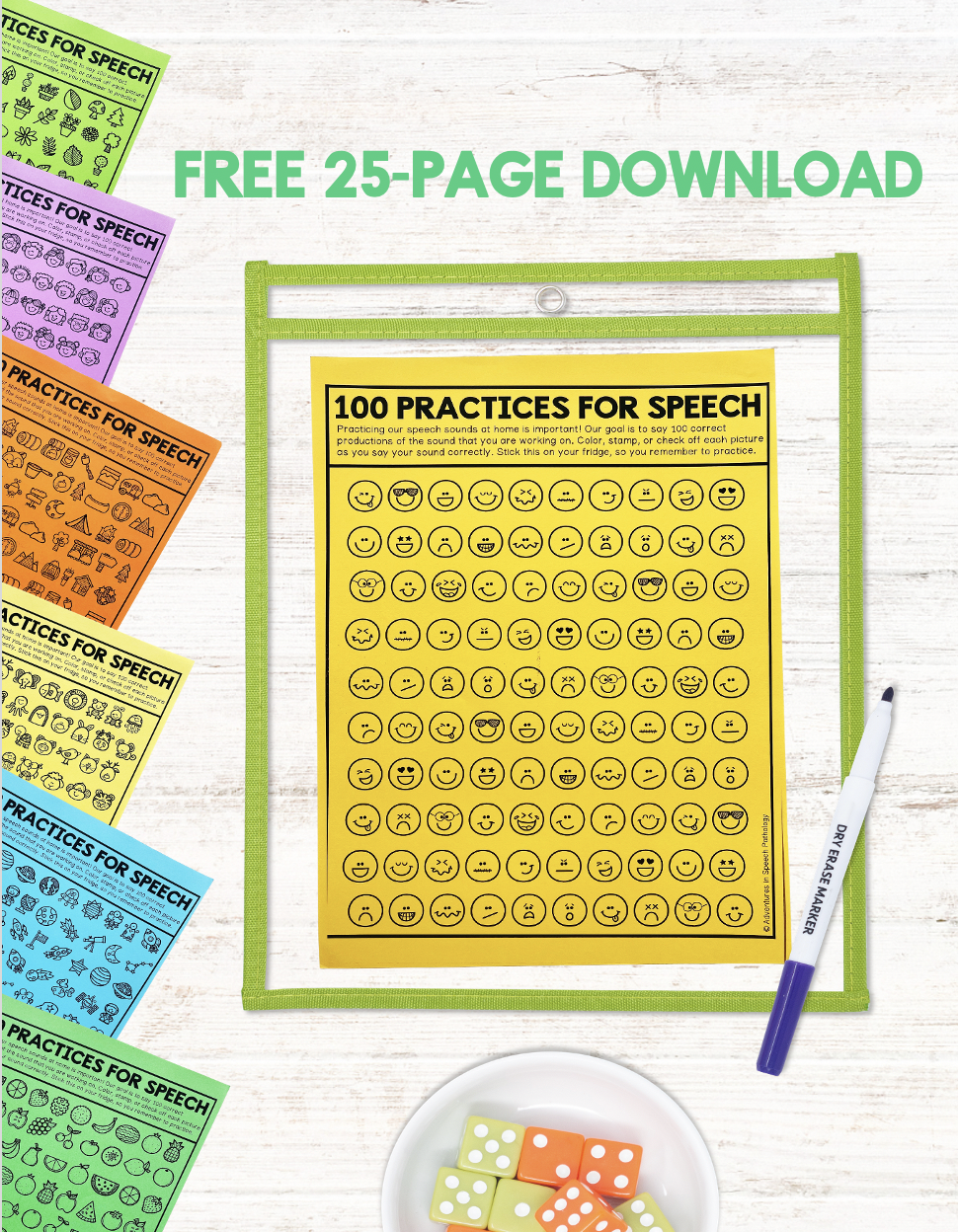

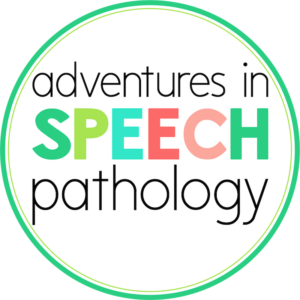
5 Comments
Hi Rebecca!
Thanks for sharing this post about textbooks! It’s soo helpful- I’m always on the lookout for reliable info like this. I have a question.. since I practice in Spain and work with Spanish- speaking population, would these be helpful? Specifically the ones titles “Children’s Speech” and “The Marshall’s Guide.”
Thank you!!
Alex
Children’s Speech is the text that I reach to most often. It goes through assessment, analysis, and treatment for all speech sound disorders at an easy-to-understand level.
Has anybody read “ Articulatory and Phonological Impairments: A Clinical Focus”, by Jacqueline Bauman-Waengler? It is rated higher than Children’s Speech, by McLeod and Baker, on Amazon’s list of Best Sellers in Audiology and Speech Pathology. Does anybody know how these 2 books compare? I would like to buy one speech textbook, and I’m in between these two.
I have not read this book, perhaps reach out to some professors and see what their recommended text is? The 3 or 4 that I have spoken to you (both US and Australia) prescribe the McLeod & Baker text, but you could definitely do some more research and see what other SLP programs recommend.
Thanks.